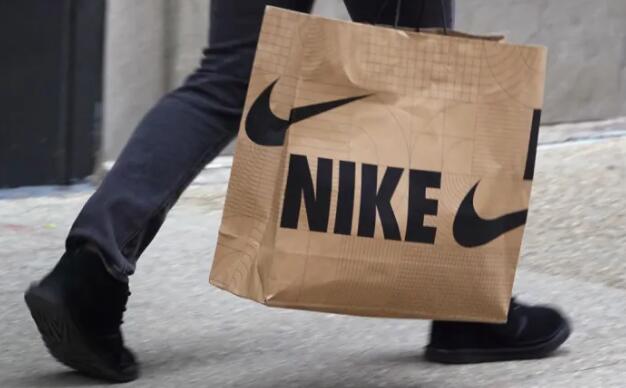‘Transformative Solutions’ Key to Lowering Nike’s Absolute Emissions, Says Impact Report
Last year Nike celebrated a major 50-year milestone and true to its slogan “Just Do it,” the company is committed to impact.
Released Friday, the activewear giant’s latest impact report spans a whopping 225 pages, extensively detailing its people, planet and play pillars. In time for Women’s History Month and in homage to the female athletes who propel the swoosh forward, the report included letters from six powerhouse athletes, among them Serena Williams and Megan Rapinoe. Their visions complemented Nike’s social goals such as maintaining one-for-one pay equity and growing the representation, or 44% of women in leadership roles, among other highlights. As part of its commitment to invest $125 million in organizations supporting racial equity by 2025, Nike committed $69.6 million in 2022 (up $33 million from 2021).
In a nod to its commitment, in 2021 Nike linked its purpose targets to executive compensation. Earlier this month, the company hired James Loduca as chief diversity, equity and inclusion officer, who is the fourth person to fill the role since 2020.
Given the company’s scale in footwear and the United Nations’ latest dire warning, climate is another key impact area even as balancing growth with sustainability is a challenge for many. Nike’s third-quarter earnings recently beat expectations at $12.4 billion (up 14% from Q4 last year).
Nike’s 2025 target is to reduce Scope 1 and 2 emissions by upward of 65% (which it reached in 2020), though the company continues to “[expand] owned and operated facility portfolio” and cited “limited availability of scalable, lower carbon alternatives to replace natural gas and other carbon-intensive fuels” as a detriment to continued progress. Increased units (more products) were another cited hindrance to exceeding its goals. More importantly, Scope 3 — or indirect emissions — account for 99% of Nike’s operations, according to the report. As for Scope 3, Nike is targeting a 30% reduction by 2030. In 2022, it saw break-even gains (or an 8% reduction on top of last year’s 8% increase).
“Another obstacle stems from the fact that given long product timelines, the products currently in market reflect decisions made several years ago, which creates a lag in realizing the carbon reductions due to strategies and investments made since the announcement of our SBT,” the report read. “Under business-as-usual scenarios, absolute emissions are anticipated to rise; therefore we must push beyond incremental reductions and unlock transformative solutions in the supply chain.”
Infrastructure investments are happening in fashion, though not at the pace needed. Nike hopes waste reduction efforts (occurring across 97% of its operations, including “waste to energy” or incineration), as well as textile-to-textile recycling will result in “increases in closed-loop apparel fabric recycling” from late fiscal year 2023 onward.
Already, product drops are looking toward a more circular future, like Nike’s “Link” (which debuted in June 2022) and “Link Axis” sneaker (dropping in 2023). The novel sneakers are glueless and built for disassembly. Today, eight Nike locations — four stores in Texas and four stores in Georgia — offer recycling and donation services. Nike has more than 1,000 stores worldwide.
In a past interview with WWD, Nike’s chief sustainability officer Noel Kinder underscored: “Circularity is a really important unlock.” He added, “The nirvana would be that you buy a pair of shoes and use them to the point that they’re worn out, take them back and have them disaggregated so their core compounds are reconstituted into another shoe. We’re not quite there yet, but a lot of the elements of that concept of circularity exist, like Space Hippie, where we’re starting to use waste as a feedstock. You see that in those crazy Axis shoes that can be decomposed back into original parts. I really feel like that is the future of innovation in sustainability.”
